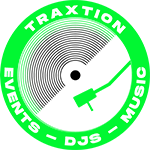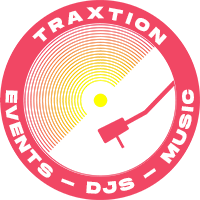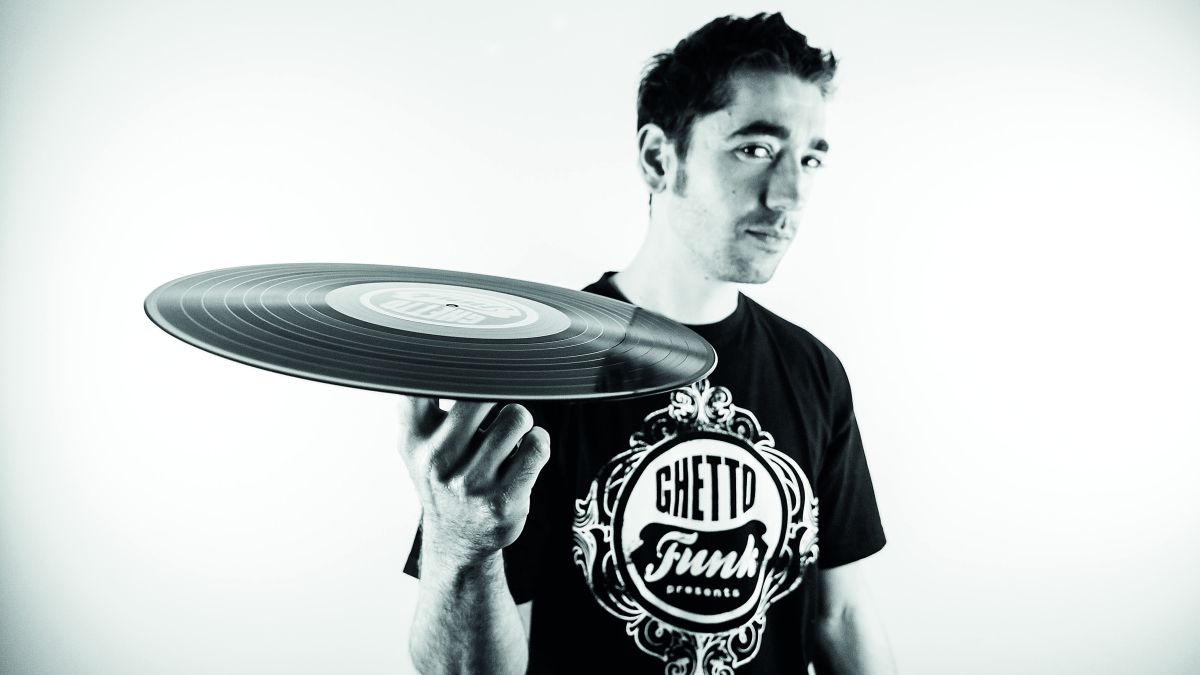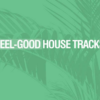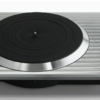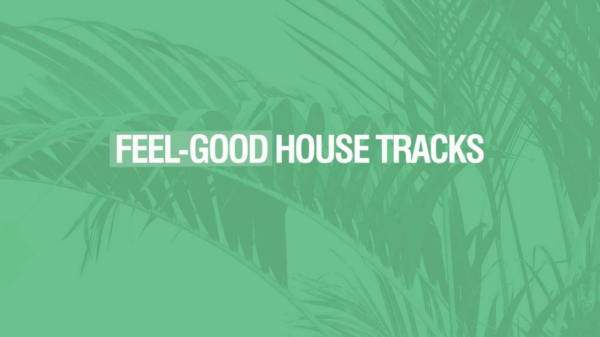MusicRadar is supported by its audience. When you purchase through links on our site, we may earn an affiliate commission. Here’s why you can trust us.
The three-time DMC champion revealed all about his world-beating scratch skills at this year’s Brighton Music Conference
Brighton-based musician JFB is undoubtedly one of the UK’s best scratch DJs, and he’s got the accolades to prove it, including winning three DMC championships and picking up trophies from competitions such as Red Bull’s 3Style.
Championed by the likes of Fatboy Slim and Rob Da Bank, JFB has made a name for himself with sets that span the realms of club and party DJing, competition routines and showcases.
At this year’s Brighton Music Conference, Si Truss learned more about the gear he uses, what makes him unique as a DJ, and the work that goes into preparing his scratch routines.
How did you get into DJing?
“I was 16, and I went to a rave. At this point, mixtapes were being passed around at school. I went to this rave and had the best time of my life. And I was looking at the DJs and I couldn’t see what they were doing. I thought they’re using synthesisers because all I knew on TV was Prodigy. And I saw like, you know, like a Roland 303, or whatever. Then a friend at school invited me to his house saying he’d got some DJ equipment. I was surprised to see it was just turntables and a mixer. He showed me basic mixing, and the next day, I went out and got some, you know, hifi turntables and tape players, whatever I could use to try and recreate mixing. It just went from there.”
These days you use a digital approach based around Serato. What appeals about that?
“With Serato you can use any audio that’s in your laptop, computer, phone or whatever you’re using, which means that you can have as much music as you want, wherever you get it from. You can also sample anything and edit the music to correlate with your scratching or turntablism or mixing or anything you want to do.”
For complete newbies getting into the art of turntablism, what gear would you recommend to start on?
“Anything that allows you to make some sort of noise by scratching a platter, whether that’s a turntable with normal records, a controller, or CDJ. Anything that’s got a platter that you can move.”
What’s the difference between how you’ll put together a club set, competition routine or showcase?
“In a club, festival, party or any dancing environment, doing anything a bit too technical is not a good idea. People are there because they want to dance, and they don’t necessarily care about turntablism skills whatsoever. So in that case, I would do a party set, but I would throw in some scratch routines that I’ve tailormade to, hopefully, keep people on the dance floor while still gaining hype and attention from the crowd. 
“For a competition, I would go as technical as possible. Also I’ll be bearing in mind what I think the judges will be giving high marks for. Then for showcases I would probably do just nonstop scratch routines – some more simple, some more technical.”
How much planning are you putting into all these sets? Do you always know exactly how it’s going to go in advance of the event?
“Non-stop planning! For each gig I’ll probably make a playlist of something that I think I’ll do, then I’ll have like another 10 or 20 playlists that are completely random to go in and out of. Because, obviously you’re looking at the crowd, and you’ve kind of gotta go with the flow of what’s going on with them.”
Do you prep tracks away from Serato too?
“Yeah, lots. I do a lot of scratch routines where, for example, there’s a well known track that people probably know, and want to do a scratch remix of it. I’ll get the track and I’ll edit a left deck and a right deck version of it, to correlate with the stickers on my records, which are my marker points. Those stickers are what I use, heavily, to keep in time as I manipulate the arrangement in the scratch routines.”
Tell us a little more about the stickers you’re placing on your control vinyl. What are those markings for?
“Most people will use the sticker at the 12 o’clock position. I’ll place it where the needle would land if I was using a real turntable, if that makes sense. That is, for me, the most comfortable visual marker to quickly get back to. It doesn’t really matter how you place them though, because whatever you’ve practised a lot, you gain some muscle memory.
“It’s about building a kind of visual muscle memory that helps your hand-eye coordination. You know the sticker needs to be in that place. Since you’re not using headphones to work out what you’re doing, you just eventually do it visually instead.”
Moving away from DJing for a moment, tell us a little about your studio setup…
“I’ve got my Kaoss Pads – I’ve got a Kaoss Pad 3 and a Kaoscillator, which I use to generate tones and sounds. I use Loopcloud a lot, to find samples that are in key. You can audition whatever you’re searching for in Loopcloud whilst you’re playing whatever it is that you’re playing. 
“Logic I’m just mainly using for audio editing when it comes to routines, and just for working with effects and stuff. Hardware-wise, it’s mainly about using my mixing desk to route things. So I’ll go digging on YouTube a lot for vocal samples – quotes and things like that – and if I hear something, rather than trying to rip the audio using a website, I’ll just record it by routing it through my desk, and maybe apply effects to it and things like that.
“I’ve got some valve warmers but I hardly ever use those. Synths: I’ve got microKORG from 2008, which is amazing. I use the vocoder on that quite a lot. I actually routed that synth through my mixer while scratching. Using Ableton, I worked out what chords I wanted to do over what routine, and then set up my MIDI pads to trigger MIDI through Ableton to play chords on the microKORG. So I had eight different chords in Ableton, and then each time I hit a different pad, it would just trigger each chord on a loop, so it just kept on going.”
By the sound of it your production workflow feeds quite heavily into how you prep DJ sets. How important do you think it is for up-and-coming turntablists to learn that production side?
“It’s very helpful, but I don’t think it’s important at all. You just make use of what you’ve got. And there’s so many endless ways to do everything. You don’t necessarily need to have that much equipment. But it is nice to have. And it’s fun.”
How hard was it for you to break into DJing as a career?
“It can be hard. Sometimes not. You can be lucky. I remember when I was 18 I got a job in a nightclub. The Beach Club, which is now Coalition here in Brighton. I was a back bar glass collector. I used to take a stack of records with me every single night. I had a deal with the manager who worked there that if I got there an hour early and cleaned the entire bar for everyone, he would let me DJ on the system before the club opened for however long it took the warm up DJ to turn up. Occasionally that night’s DJ just wouldn’t turn up for five or ten minutes or whatever. 
“They had a regular rotation of promoters. There was Fatboy Slim’s event, Big Beach Party, they had a drum & bass party called Meltdown, some Ninja Tune parties – this is, like, late-’90s, so it was amazing. Occasionally, the promoters will come up to me. And then eventually I got, you know, given some little bar gigs, stuff like that, which led to club gigs, which led to residencies, which led to other stuff…”
How different do you think it is for DJs trying to break into the scene today? With things like Instagram and TikTok, has the internet made it easier or harder?
“No, it’s fucking incredible, as a tool to use. Like anything it can be just as frustrating as it is amazing, but it completely helped my career so much. I was just doing scratch videos and that’s how a lot of people got to know me. That’s why a lot of promoters have booked me. I mean, it’s backfired as well because there are a lot of promoters who think I just do scratch routines and don’t want to book me because they think, you know, the dancefloor will be empty or something. But you know, there are mixes online, there are videos of me playing – the internet’s an incredible thing.”
Tell us about your setup: you’re using a pair of Rane 12 controllers?
“That’s right, the Rane 12 MkIIs.”
Those are emulating the feel of vinyl turntables. What’s your relationship with physical records these days, do you ever still buy and play vinyl?
“No, not at all. But I do absolutely love it. I’ve got a dedicated set up [at home] of a scratch mixer and a turntable either side. Then I’ve got a big pile of old battle records. I use that to get my scratch fix. But in terms of now, the day I got Serato was the day I kind of stopped buying records. That was in 2006.
“I mean, I love records – I love the sound of records. I love going into a venue and seeing, ‘Oh, they’re playing records. Oh, it’s fun, because it’s all these rare funk records’. It’s amazing. But I just can’t do what I want to do with records. Well, I can… but I’d have to buy a lot of them!”
What mixer do you use?
“I’ve got the Pioneer S11. You can pretty much use any mixer though. Most scratch mixers these days come with built-in soundcards, which have, like, two USB ports on the back. That will be to plug your laptop in or to run your DVS system. Then most of them also have MIDI USB inputs – so the two Ranes go into the MIDI inputs of the mixer, and it just picks it up. Then that all works using Serato’s internal mode.”
What is it about your mixing style that you think makes you unique in the field?
“I think the reason I’m – luckily – unique is because no one wants to take risks in pulling off scratch routines. Like where, if you make a mistake, it sounds terrible. And once I start my routines, I can’t stop because I’ve edited the audio.
“For example, I could drop a record on one turntable, and if I don’t interact with it the way I’m supposed to, or I forget to do something there, it’ll just keep playing and there will suddenly be a gap in the music. Then suddenly the music will come back in but it won’t make any sense – it won’t be in time. Yeah. I don’t know anyone else who makes scratch routines, like I do.”
Has that ever led to any disasters while performing?
“Totally. But it’s a risk I’m willing to take. It’s really rare now that something really bad happens. One of the main reasons I want to use these decks is because the sticker position does not move, which really helps. But when I can’t bring this setup out with me, I’ll use regular Technics with needles, and use timecode records.”
Future Music is the number one magazine for today’s producers. Packed with technique and technology we’ll help you make great new music. All-access artist interviews, in-depth gear reviews, essential production tutorials and much more. Every marvellous monthly edition features reliable reviews of the latest and greatest hardware and software technology and techniques, unparalleled advice, in-depth interviews, sensational free samples and so much more to improve the experience and outcome of your music-making.
Arturia’s $99 Tape Mello-Fi plugin is free to download again, but only for a limited time
The Breakdown: Joe Turner on building his melodic dance track, Borders
Rock ‘n’ roll pioneer Jerry Lee Lewis dies, aged 87
Don’t miss the latest deals, news, reviews, features and tutorials
Thank you for signing up to Musicradar. You will receive a verification email shortly.
There was a problem. Please refresh the page and try again.
MusicRadar is part of Future plc, an international media group and leading digital publisher. Visit our corporate site (opens in new tab).
© Future Publishing Limited Quay House, The Ambury, Bath BA1 1UA. All rights reserved. England and Wales company registration number 2008885.
